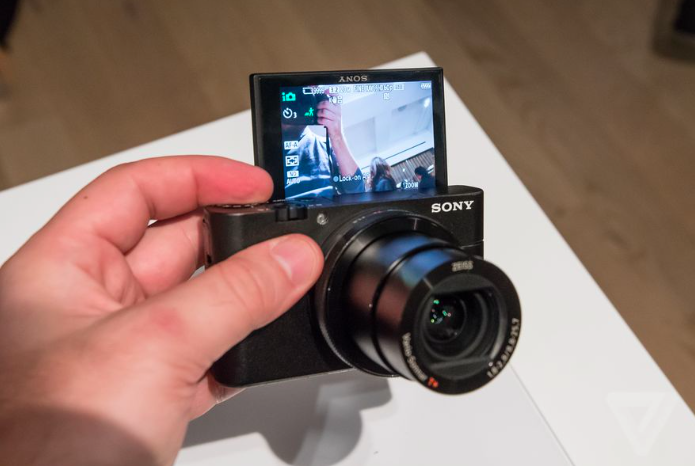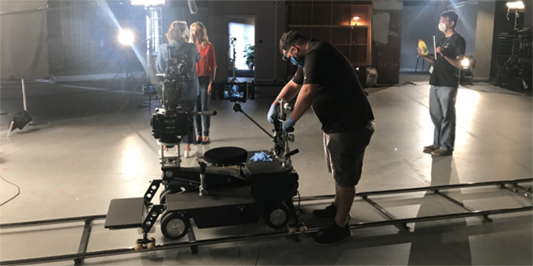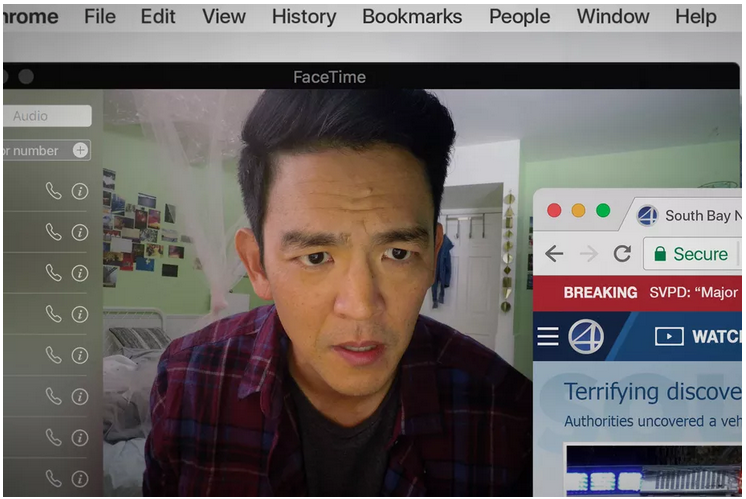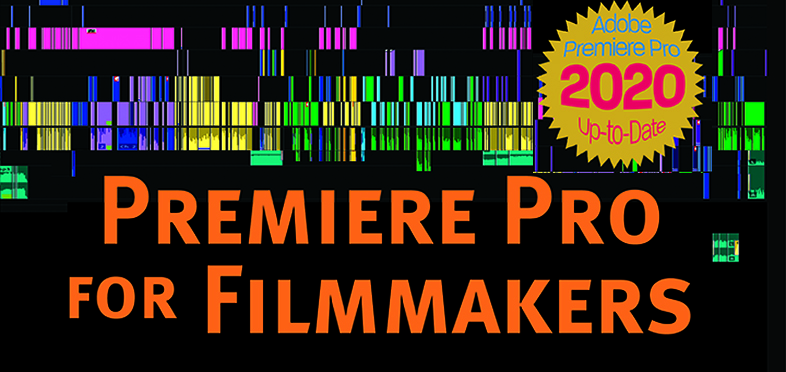
The Sony RX100 Mark V is a pocket camera that shoots 4K video with continuous auto-focus and auto-stabilization.
I shoot a lot of video, but mostly on professional projects so I don’t use my own camera for these shoots. For that reason, the camera that I use myself is a still camera. I primarily use it to document things, such as art exhibits, works in progress, and so on.
The Canon Rebel T series
Until last year, my go-to camera was a Canon T2i. Yes it’s old. Yes, it only shoots HD. Yes, it has a cropped sensor. But despite these limitations, I used it all the time. I even shot a feature film with it that got a theatrical release. And the footage looked great (thanks to a great DP, William MacCollum).
But after it got stolen, along with all my Canon lenses, I decided to rethink my camera needs.
The Sony RX100 series
Whenever I need a still camera, I talk to Ben. He uses them a lot more than I do. And he has owned a lot of cameras. I’m more of the “drive it till it dies” type. He loves the RX100, although his go-to camera these days is the Fuji X series.
I decided that what I needed was low-light capability, 4K video, and portability. In that regard the Sony RX100 V has no competition.
I’ve had that camera since last October. I love the compact size. But the reality is that it is very delicate and must be kept in a case at all times. That makes it bigger. But it still fits in my purse and I use it instead of my cellphone most of the time.
One reason it replaces my cell phone is that you can wirelessly send an image to your phone with the push of a button. (You need to be on a shared wifi network for this to work). You can then post straight to social media.
The 4K video looks fantastic and the auto-focus and image stabilization are pretty great. Last fall I was artist-in-residence at Cerritos College, a community college in the Los Angeles area, and I used the RX100 to document my work with the welding department. I have to say that the video quality is my favorite thing about the RX100. I set it on Auto and its idiot-proof.
Unfortunately, I don’t love the still images quite as much. My main problem has to do with color. Last fall, I made an interactive installation that had lots of bright yellow elements. As I documented the project, it was immediately obvious that the RX100 is terrible at representing the color yellow. Now admittedly, I’m one of those people who have powerful vision when it comes to color. But I don’t think you would need great eyesight to see the anemic results. Other colors are much more accurate.
And then there’s the lens. It’s fine. You know, it’s just hard to accept after using interchangeable lenses for years.
The iPhone camera
You’re probably wondering why I don’t just use my iPhone. Well, the fact is that I no longer use an iPhone. I switched to Android a couple years ago. The iPhone 6 (the last model I had) camera is great, but somewhere around iOS 8, Apple changed the camera algorithm and it went from truly amazing color representation to something very weird. Clearly, its color designed for selfies and Instagram, heavily-filtered, high-contrast, and over-saturated. If my main use was selfies and snapshots, I probably would love it too. But since the camera was the main reason to own an iPhone, I decided to trade it out for something cheaper.
The Samsung Android camera
Well, let’s just say “you get what you pay for.” My Samsung Galaxy J7 is a perfectly good smart phone. And for less than half the price of an iPhone seems like a slam dunk.
But the camera.
It’s awful. Just as the iPhone makes everything look better than real life, the Samsung camera makes everything look much worse. There’s the ugly aspect ratio, which is extra long and works fine for video but not for stills. Then there’s the abysmal color. The iPhone color might look heavily processed, but this just looks terrible. The results are so ugly, I almost never use it.
The Nikon D series
When I need to shoot series still images, I’ve been borrowing my friend’s Nikon D series full sensor DSLR. I think we all know that these are excellent cameras so I won’t go into that. But they are huge. And heavy. I would never carry it in my purse and it would only fit in my giant bag that also holds my laptop. If you feel the need for a 30lb purse, this is the camera for you.
I asked my friend who just bought it how much he uses it. He mostly uses it in his studio. He’s not a video person, so he found the video too difficult. He uses his iPhone for that. And he also uses his iPhone for photos outside the studio.
The Fuji X series
For Ben, the Fuji X series offers the perfect combination of portability and image quality. So much so that a couple years ago, he got rid of his Canon 5D and all his Canon lenses. Ben also has a Sony RX100 and he has an iPhone and a Go Pro for his drone.
What’s next?
Well, 8 months of trying to rely on the Sony RX100 and it’s clear that its not the camera for me. I think that either a compact mirrorless camera like the Fuji X series or the latest model of the Canon Rebel T series is the best choice. Since it means investing in lenses again, I’m going to choose carefully. Oh, and I’ll probably sell the RX100 and get an iPhone again. So yeah, basically an upgrade of what I had a couple years ago.


